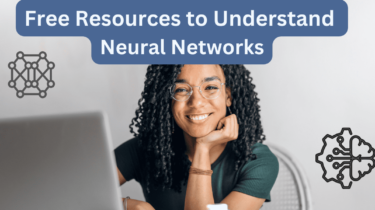MicroCode: Portable programming for the BBC micro:bit
This research paper was presented at the 23rd annual ACM Interaction Design and Children Conference (opens in new tab) (IDC 2024) the premier forum for inclusive child-centered design and learning. Between 2016 and 2018, Microsoft Research and the Developer Division developed Microsoft MakeCode, a versatile, free web-based platform aimed at teaching coding. While MakeCode
Read more




